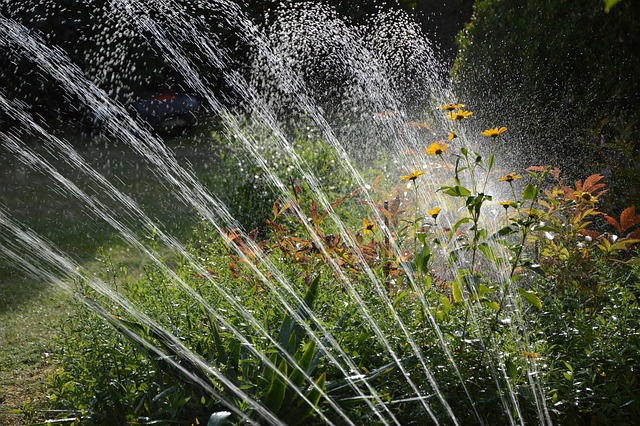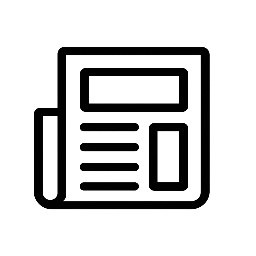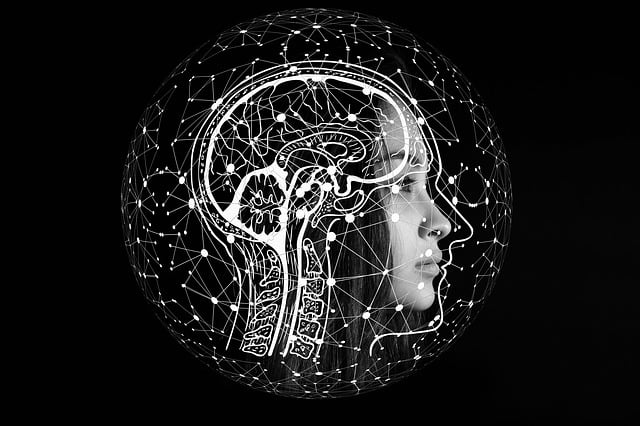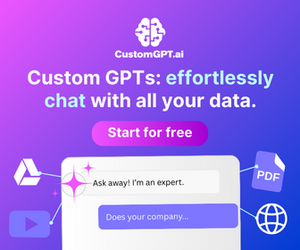-
Table of Contents
- The Rise of AI-Generated Creativity: A Guide to Understanding and Embracing the Future
- What Is AI-Generated Art?
- How Does AI Create Art?
- The Benefits of AI in the Creative Process
- Challenges and Ethical Considerations
- How to Get Started with AI Art
- Case Study: The Success of AI in Commercial Art
- The Future of AI-Generated Creativity
- How to Stay Ahead in the AI Art Revolution
- Conclusion
The Rise of AI-Generated Creativity: A Guide to Understanding and Embracing the Future

Artificially intelligent art is revolutionizing the creative landscape, blending technology and human imagination in unprecedented ways. For those who have been struggling to grasp its implications or integrate it into their work, this article will provide clarity, practical advice, and inspiration. From its origins to its future potential, we’ll explore how AI is reshaping art and what it means for creators and audiences alike.
What Is AI-Generated Art?
AI-generated art refers to creative works produced with the assistance of artificial intelligence algorithms. These systems, often trained on vast datasets of existing art, can generate images, music, poetry, and even entire narratives. Tools like DALL·E, MidJourney, and Stable Diffusion have made it easier than ever for artists and non-artists alike to experiment with this technology.
For example, in 2022, an AI-generated artwork titled “Théâtre D’opéra Spatial” won first prize at the Colorado State Fair’s digital art competition. This sparked widespread debate about the role of AI in art and whether it diminishes human creativity. However, many argue that AI is simply a tool, much like a paintbrush or a camera, that can enhance human expression.
How Does AI Create Art?
AI art tools typically rely on machine learning models, such as Generative Adversarial Networks (GANs) or diffusion models. These systems learn patterns and styles from existing artworks and use them to generate new pieces. Here’s a simplified breakdown of the process:
- Training: The AI is fed thousands or millions of images, learning their features and styles.
- Generation: Users input prompts, and the AI creates new images based on its training.
- Refinement: Artists can tweak the output, blending AI-generated elements with their own creativity.
This process allows for endless experimentation, enabling artists to explore styles and ideas they might not have considered otherwise.
The Benefits of AI in the Creative Process
Artificially intelligent art offers numerous advantages for creators, from saving time to unlocking new possibilities. Here are some key benefits:
- Accessibility: AI tools democratize art creation, allowing anyone with a computer to experiment with creative expression.
- Efficiency: Artists can quickly generate ideas, sketches, or drafts, freeing up time for refinement and innovation.
- Exploration: AI can help artists break out of creative ruts by suggesting unexpected combinations or styles.
For instance, renowned artist Refik Anadol uses AI to create immersive installations that blend data and art, pushing the boundaries of what’s possible in visual storytelling.
Challenges and Ethical Considerations
While AI-generated art has immense potential, it also raises important questions. Issues like copyright, authorship, and the potential for job displacement in creative industries are hotly debated. For example, who owns the rights to an AI-generated piece—the creator of the AI, the user, or the AI itself?
Additionally, some worry that AI could lead to a homogenization of art, as algorithms often rely on existing works for inspiration. However, many artists are finding ways to use AI as a collaborative partner rather than a replacement, ensuring their unique voice remains central to the process.
How to Get Started with AI Art
If you’ve been hesitant to dive into the world of AI-generated creativity, here’s a step-by-step guide to help you get started:
- Choose a Tool: Experiment with platforms like DALL·E, MidJourney, or Runway ML to find one that suits your needs.
- Learn the Basics: Familiarize yourself with how to write effective prompts and adjust settings to achieve your desired results.
- Combine with Traditional Techniques: Use AI-generated elements as a starting point, then refine them with your own skills and vision.
For inspiration, check out our article on Top AI Art Tools for Beginners, which provides detailed reviews and tutorials.
Case Study: The Success of AI in Commercial Art
Companies are increasingly turning to AI for creative projects. For example, Adobe’s Firefly integrates AI into its design software, enabling users to generate custom graphics, textures, and layouts. This not only speeds up the design process but also opens up new possibilities for personalization and innovation.
Similarly, fashion brands like Balenciaga have used AI to create virtual clothing designs, blending technology and artistry to redefine the industry. These examples demonstrate how AI can be a powerful ally in commercial creativity.
The Future of AI-Generated Creativity
As technology continues to evolve, the possibilities for artificially intelligent art are virtually limitless. Here are some trends to watch:
- Hyper-Personalization: AI could enable artists to create works tailored to individual preferences and emotions.
- Collaborative Art: Artists and AI systems may work together in real-time, blending human intuition with machine precision.
- New Mediums: AI could give rise to entirely new forms of art, such as interactive installations or dynamic digital experiences.
To learn more about the future of creativity, explore our article on The Future of AI in Art.
How to Stay Ahead in the AI Art Revolution
To thrive in this rapidly changing landscape, artists must embrace lifelong learning and adaptability. Here are some tips:
- Stay Informed: Keep up with the latest developments in AI and art by following industry news and attending workshops.
- Experiment Fearlessly: Don’t be afraid to try new tools and techniques, even if they feel unfamiliar at first.
- Collaborate: Partner with other artists or technologists to explore the full potential of AI-generated creativity.
For further reading, check out our guide on Collaborating with AI in Art.
Conclusion
Artificially intelligent art is not a threat to human creativity but a powerful tool that can enhance and expand it. By understanding its potential, addressing its challenges, and embracing its possibilities, artists can unlock new levels of innovation and



Leave a Reply